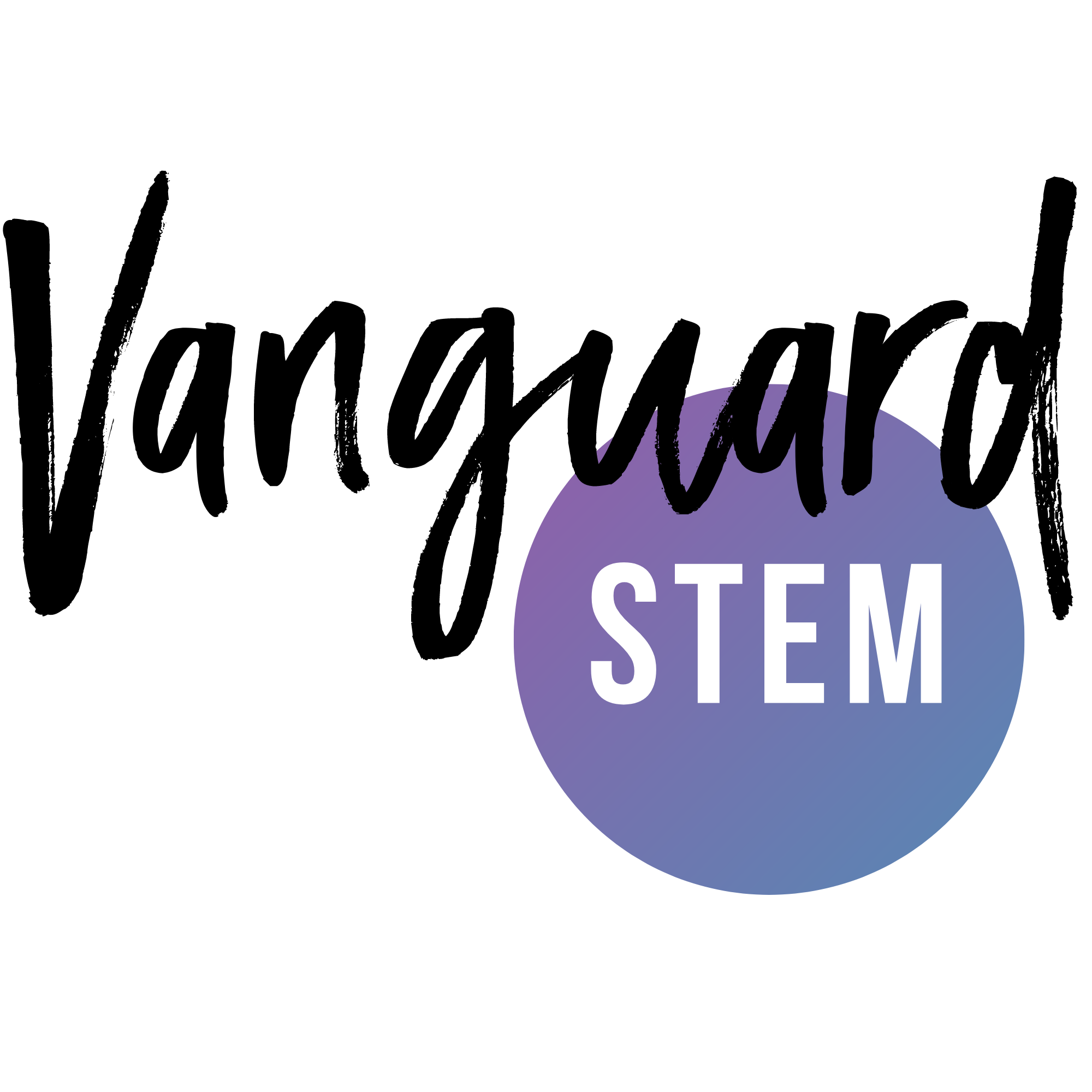A curious explorer using physics to navigate to and through our limits of understanding, Brittany infuses the aloha spirit into her practice of science.
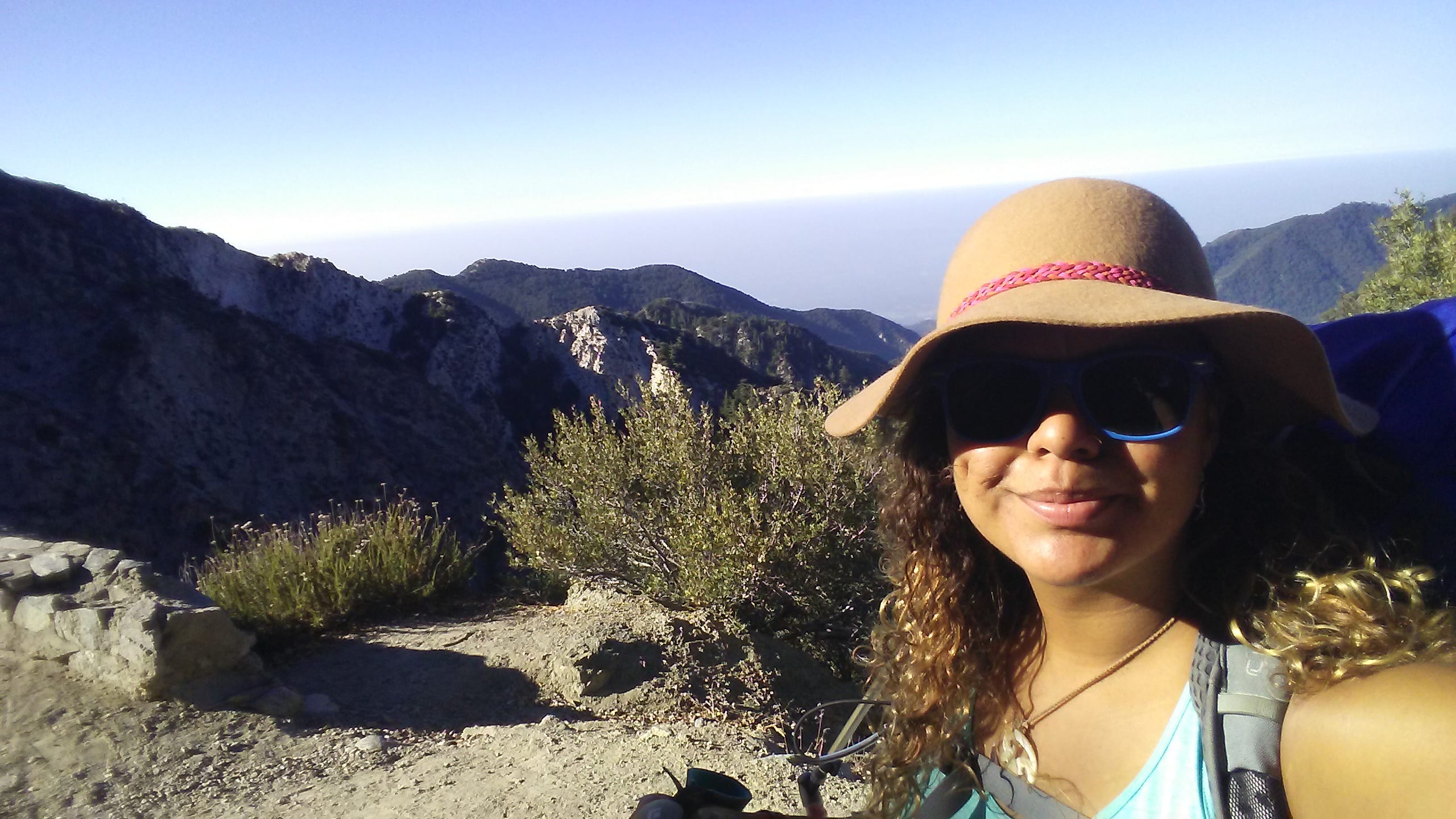
Responses may be edited for clarity and brevity.
Where did you go to school?
- Ph.D. Physics, Vanderbilt University, Nashville, TN (research conducted at the University of Chicago in Chicago, IL and the Fermi National Accelerator Lab in nearby Batavia, IL)
- M.A. Physics, Fisk University, Nashville, TN
- B.Sc. Physics, University of Hawaiʻi at Mānoa, Honolulu, HI
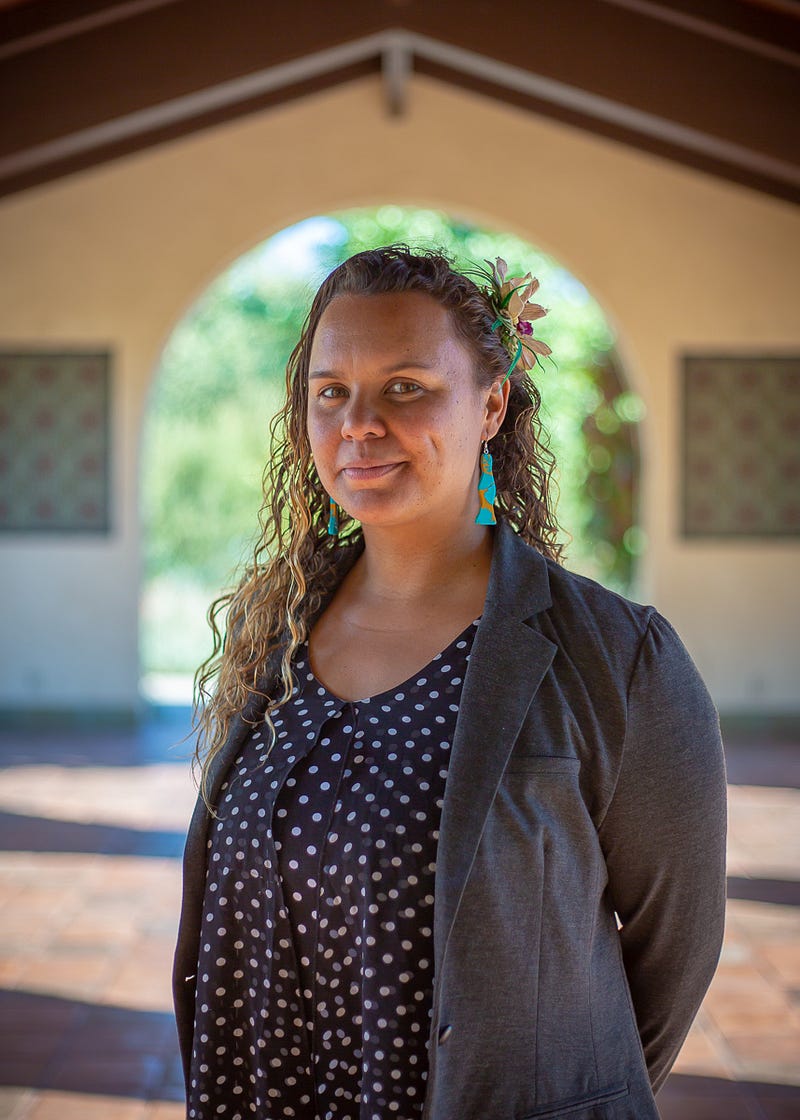
What do you do right now?
I am an experimental physicist on a mission to develop instrumentation that will enhance our fundamental understanding of space and time.
Ultimately, my goal is to collect clues that will deepen our understanding of the nature of Dark Energy, an elusive unseen entity that pervades nearly 70 percent of our universe.
As part of a team at the Fermi National Accelerator Lab, I zoomed into the smallest known scales to see if space itself could be a hologram. My hope was that if we could find evidence for this idea, then we might have more clues as to what dark energy actually is. Our team built an instrument to explore this question, and we were able to rule out this initial hypothesis. This was a valuable learning experience for me on how to explore space and time with these incredibly sensitive detectors.
Now, as a postdoctoral researcher at the California Institute of Technology (abbreviated Caltech), I am zooming out to work on much larger scales.
When we capture the most energetic events in the entire universe — black holes colliding — we can also learn about the content of the cosmos. I work on LIGO, the Laser Interferometer Gravitational-Wave Observatory, where my contributions are to make gravitational wave detectors even more precise. These detectors are akin to incredibly fancy rulers that measure the distortions in space and time that black-hole collisions create. Our detector is so sensitive that vibrations from atoms in the mirrors that comprise it — and even the motion of earth itself — can confound its readings. In a potential major upgrade, we hope to operate the LIGO instrument at cold temperatures to slow the movement of these atoms and thus combat this challenge. During my time at Caltech, I’ve helmed an experiment that tests whether such an upgrade is possible.
I also began an exciting project to see if we could build a massive invisibility cloak around LIGO. This process, called seismic cloaking, is an emerging area of science which aims to redirect seismic waves to protect important infrastructure. I hypothesize that we can use a forest of trees as a giant shield to deflect these damaging waves. My hope is that our results will not only help to improve our fundamental understanding of physics, but also that we would make a positive environmental impact because we’d need to plant more trees to do it!
What made you choose your STEM discipline in the first place?
As a freshman at the University of Hawaiʻi at Mānoa, I was excited to have the autonomy to choose which classes I took. Leveraging that, I completed a range of courses — from journalism to ethnic studies to astronomy — and got to experiment with what a life immersed in these fields might look like.
Upon taking an introduction-to-astronomy course, I found the subject matter of how we understood the lives of stars and galaxies to be so neat. As the end of the semester neared, we also reached the end of our huge textbook and began to discuss topics in cosmology.
Cosmology is the study of the entire universe — from how it started, to what’s in it, to what we think will happen to it in the future. I was so excited to find a physics subfield working to understand the entirety of the universe. The most striking fact I learned that semester was tucked away in a tiny paragraph in my textbook; it basically stated, Oh by the way, we can only see four percent of the universe. The rest of it is is hidden away in elusive entities dubbed “dark matter” and “dark energy.”
I was astounded to learn that we don’t know what 96 percent of the contents of the universe are. I approached my professor, who told me if I was that curious (upset/surprised/perplexed) about the subject, then I should pursue a degree in physics. And that was the start of my physics journey.
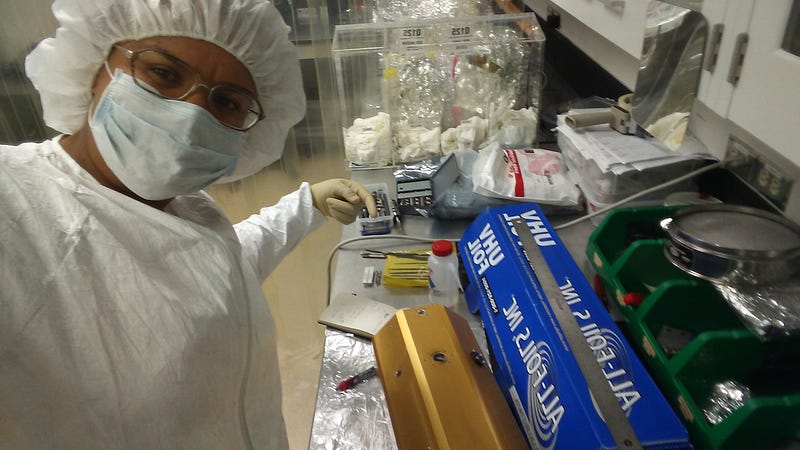
What’s one piece of advice you wish you had when you started your STEM journey?
Your journey through STEM will be a rigorous challenge in mental resiliency. Not only will you dive deep into the intricacies of the universe, but you will do the same for who you are as a person.
Be sure to figure out how best to train for the marathon of pursuing STEM, which includes regular attention to recharging and refueling. Trying to emulate a robotic workaholic will only drain away the truly amazing human that you actually are.
Tell us a bit about the intersections you occupy. How do you describe your identity?
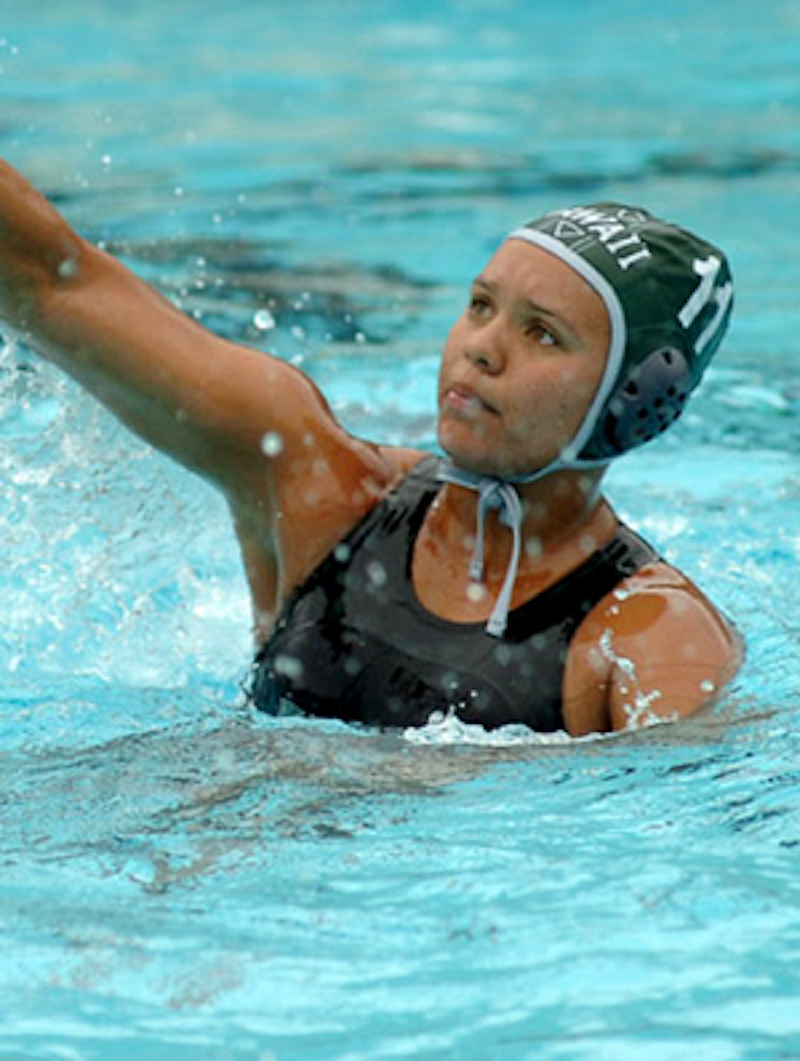
One axes of my identity that has played a foundational role in who I am is being an athlete.
I had been on a swim team since I was 6 years old. I played water polo all through college as an NCAA Division 1 athlete, and headed to the NCAA finals three out of my four years as an undergraduate student.
After college, I played in the Netherlands where my teammates went off to win an Olympic gold medal for their home country.
Unfortunately, I have been in far too many conversations with others in my field where athletes were looked down upon. Some have the perception that athletes are not smart and could never do what I am doing. There are even books called “Physics for Athletes” and “Physics for Poets” (relevant because I also identify as a poet). These books don’t provide a method for learning physics through sports (or poetry), rather they were overly simplified versions of the subjects that did not capitalize on the opportunity to make profound connections between the two. I went from picking up these books with excitement to feeling discouraged about who I was.
Throughout my STEM journey, I sometimes found myself hiding these core aspects of my identity. But it was by being an athlete that I learned the importance and value of practicing a craft every single day — that sometimes I need to get up when I don’t want to. It taught me to trust and listen to my coach even when I may not have quite understood their vision. Being an athlete taught me that I have agency over my own training and the way I take care of myself to improve my performance.
It also taught me that I could work with people who, although not necessarily my first choice as friends, were my teammates and that it was possible to partner with them to reach a common goal. We understood that we had fundamental differences, but we also understood that we had fundamental similarities.
All of these principles have been foundational to my persevering in physics. If you are a STEM-athlete, I hope this also inspires you to unveil yourself — to not hide. If you have ever thought less of athletes, I hope this changes your perspective.
Do you have any woman of color in STEM sheros? Who and why?
Yilen Gomez Maqueo Chew, Ph.D. — This dynamic, foundational legend of a human has helped shaped the way I do science, from improving my presentations to helping me through tough situations. She is an amazing leader who has transformed every institution she’s been a part of, moving them towards a higher degree of inclusivity.
Jedidah Isler, Ph.D. — From the first time I met Jedidah until today, she continues to inspire me to be my whole, authentic self and to push into the sometimes-scary places that ultimately help me to better myself. Watching her evolve and move through her STEM journey has been a privilege.The impact she has made on the world is absolutely moving us all toward a better place.
Stacey Lawrence, Ph.D. — My academic sister has lived through such similar experiences as myself; without moving through graduate school with her, I’m not sure I would have made it. No matter the situation, we find a way to laugh and to motivate each other. Stacey has kept me grounded in who I am as a person. As I puzzle through my experience of navigating elite spaces as a first-generation, person of color from a working-class background, she is someone I can confide in and share the journey with. She is also the person I dream big with, thinking through strategies to make science better for everyone.
Fabienne Bastein, Ph.D.—Fabienne is my other academic sister whose style and process are so different from my own, but who has taught me a tremendous amount. Since we started graduate school, she has encouraged me to think and act “at the next level:” if you are a master’s student, then act like a Ph.D. student; if you are a Ph.D. student, act like a postdoctoral researcher. And don’t just “act” that way, but truly carry yourself there. I’m so excited to have had the opportunity to learn from her as we figured out what it meant to be graduate students and, now, early career STEM professionals.
What else are you passionate about?
I love being outside all day, everyday! I love playing in the ocean either by swimming, surfing or stand-up paddle boarding. I also love going into the mountains to explore through hiking, backpacking and, now, running! Also, biking is the best; people-powering my little machine is so invigorating!
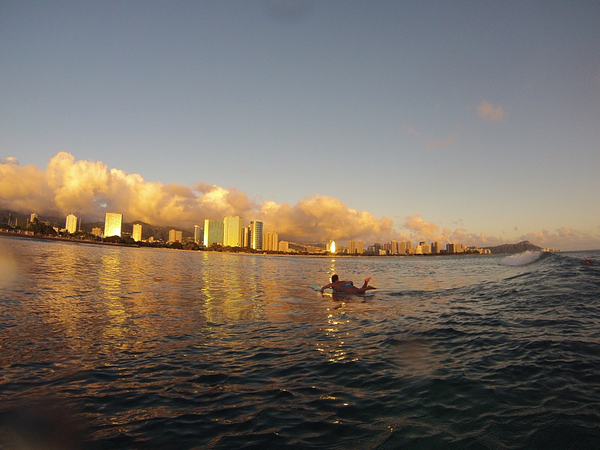

I love writing (and occasionally performing) slam poetry; sometimes, words need to be spoken to enhance the essence of a piece.
Why do you think it’s important to highlight women of color in STEM?
Women of color in STEM are some of the most resilient people I have ever known.
Not only do women of color in STEM have the ferocious intelligence to make profound impacts on their fields, we also manage to be our most authentic selves as we do it.
Women of color in STEM don’t just find ways to pick ourselves up and move forward — we do it for everyone around us.
It is vitally important to highlight our stories to give everyone a view of who does science and how we make these spaces awesome!
Are there institutions, groups or organizations you want us to shoutout?
There are lots! Shoutouts to these institutions, which have all played a formative role in my development as a scientist: Caltech and LIGO; the University of Hawai’i at Mānoa; the Fisk-Vanderbilt Master’s-to-PhD Bridge program; the University of Chicago; the Kavli Institute for Cosmological Physics (KICP) at the University of Chicago; the Fermi National Accelerator Lab; and the Society for Advancement of Chicanos/Hispanics and Native Americans in Science (SACNAS).
I’d also like to shoutout institutions I’d love to join as a faculty member:
- the California Institute of Technology,
- the University of California (UC) Berkeley,
- UC Los Angeles,
- UC San Diego,
- UC Santa Barbara,
- University of Hawai’i, and
- the University of Southern California.
You can connect with Brittany on Twitter or via her personal website.
Thank you, Brittany, for your curiosity, athletic drive and commitment to seeing STEM be more inclusive. We’re honored to have you in our #VanguardSTEM Village!
If you enjoy our weekly #WCWinSTEM features, consider donating to our parent not-for-profit, The SeRCH Foundation, Inc., to help support this work.
